When a high school student is arrested for killing his father, the news shocks the school and the whole neighbourhood. But what truly made the violence happen? *La edad de la ira* (“The Age of Anger”) takes apart toxic masculinity, parental trauma, queer identity, and teenage anarchy, one broken point of view at a time.

La edad de la ira Official Trailer
La edad de la ira Summary | |
|---|---|
| Title: | La edad de la ira |
| Series Info: | Spain (2022) |
| Length: | 40 minutes |
| Total Episodes: | 4 Episodes |
| Genre: | Romance, Boy's love |
Plot
Marcos, a seemingly quiet and well-adjusted teenager, is accused of murdering his abusive father. As the investigation unfolds, the series rewinds through four interconnected perspectives: his best friend Raúl, his classmate Sandra, his older brother Álvaro, and finally Marcos himself.
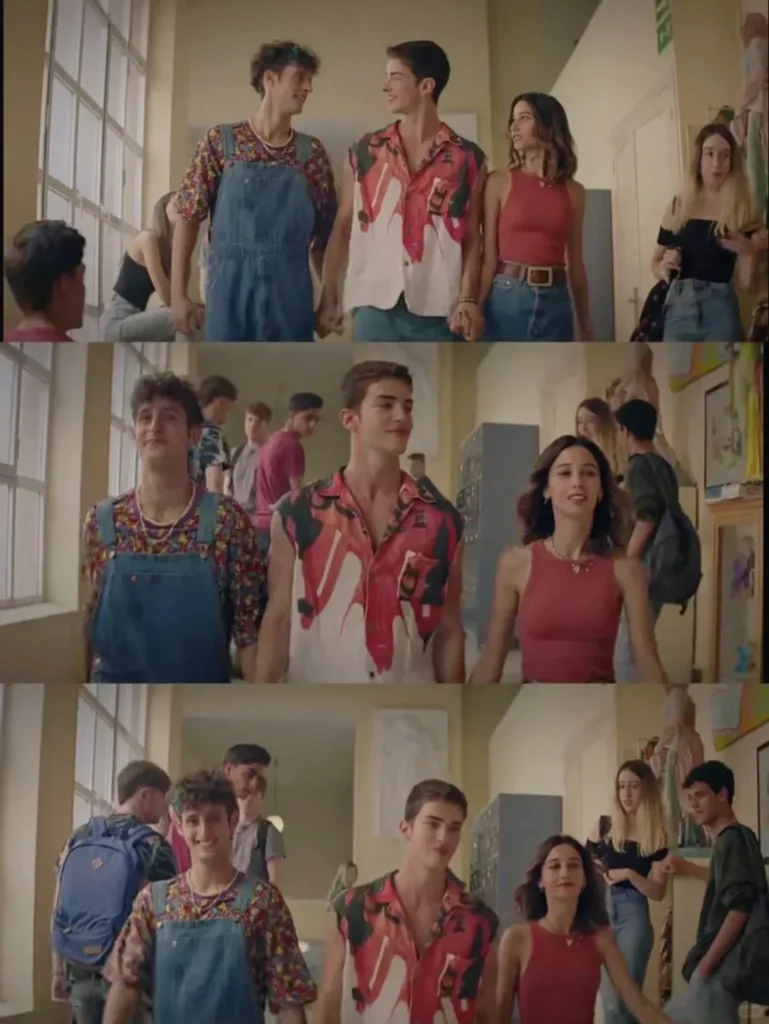
What emerges is a portrait of a home ruled by control and violence, and of friendships muddled with jealousy, desire, and guilt. The story isn’t really about who committed the crime—it’s about why it happened. And how three friends tried, and failed, to protect each other in a world that made loving freely feel dangerous.
La edad de la ira Cast
Charactor
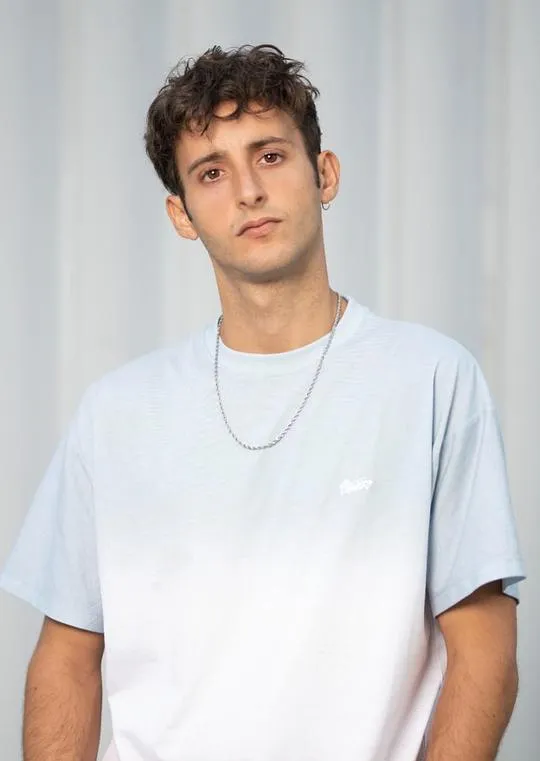
A street-smart bartender turned mafia bodyguard. Impulsive but fiercely loyal, Porsche navigates the blurred lines of violence and love.
Daniel Ibáñez
Apo’s raw emotional delivery and physical presence make Porsche a standout. He balances tenderness with rage effortlessly, particularly in the more intimate scenes.
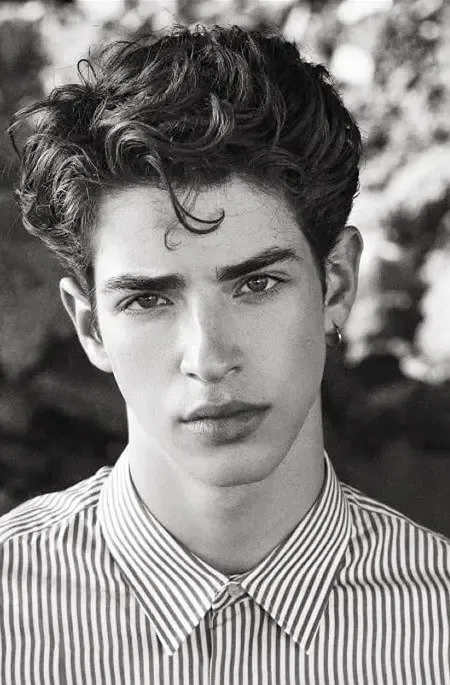
Raúl is the emotional core of the friend group: calm, intuitive, loyal. His dynamic with Marcos carries queer undertones that add complexity without ever turning into full romance.
Manu Ríos
Ibáñez brings softness to the role, and his silences speak volumes. You believe he’s the kind of boy everyone falls a little bit in love with—even if they never say it out loud.
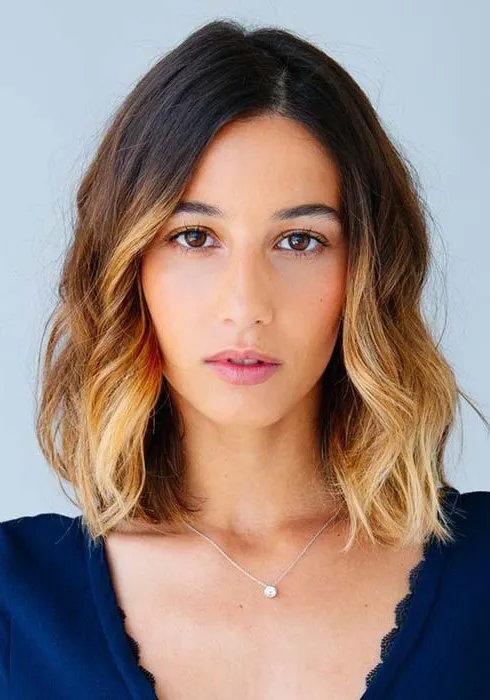
Sandra is strong, stylish, and emotionally attuned. She navigates the push-and-pull of two complicated boys while dealing with her own gender and identity questions.
Amaia Aberasturi
Aberasturi (Coven, The Age of Rage) plays her with authenticity and warmth, making her more than just the “girl in the middle.”
Supporting Cast

Álvaro
Eloy Azorín
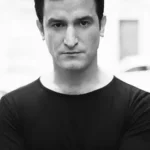
Xavi Sáez
Xavi Sáez
Director

Jesús Rodrigo
Jesús Rodrigo brings cinematic weight to La edad de la ira, combining moody lighting with fast-paced editing and fractured timelines. His direction doesn't shy away from raw emotional violence—whether physical or internal. As a veteran of Spanish drama (Vis a Vis, Hospital Central), Rodrigo balances realism with stylization in a way that feels both intimate and urgent.
La edad de la ira Review
Review
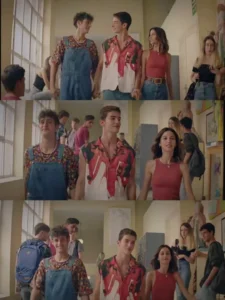
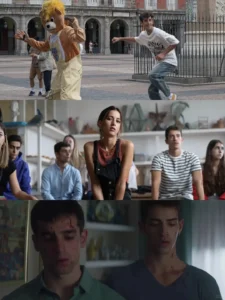
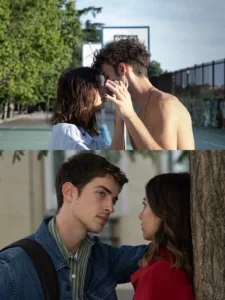
To be honest, I started La edad de la ira thinking it’d be another sensationalist teen murder mystery. But what I found was far more complex—and far more personal.
This series isn’t just about who stabbed whom. It’s about the silent wounds left by family, the masks we wear in school hallways, and the blurred lines between love and survival. The show dives headfirst into toxic fatherhood: a man so obsessed with control that he breaks everyone around him. Marcos and Álvaro, his sons, are shaped in opposition—one seeks escape through conformity, the other rebels and falls apart. The echoes of A Sun are strong here, only reversed: it’s the younger son who fights back, and the older who collapses.
The show uses a shifting-POV structure that actually works: the same scene gains new weight when rewatched from a different angle. A hand on a shoulder, a look in a locker room—they all mean something else when we know what’s coming. And when the kiss finally happens between Marcos and Raúl—yes, there’s a kiss—it’s not romantic. It’s urgent. It’s one boy crashing into another, asking, begging to be understood.
Raúl is the kind of boy you can’t help but adore. Quietly fierce, a little soft around the edges, a little gay-coded in his warmth. He’s the glue in this trio, and it’s obvious Marcos is drawn to him for more than friendship. But Raúl’s eyes wander toward Sandra. And that love triangle is never about possession—it’s about who feels safest to bleed in front of.
The series doesn’t lean into BL tropes or romantic escapism. Instead, it captures the feel of queer adolescence—the confusion, the longing, the fear of naming what you’re not ready to accept.
And let’s talk about the aesthetics. The lighting, the editing, the use of symbolic sound and song. That lakeside dance sequence with Sandra, Marcos, and Raúl? It’s poetic. It’s freedom. It’s the kind of moment that makes you believe teenagers can touch the sky, if only for one night.
Best Scenes of La edad de la ira
Episode 3 – The Lakeside Dance
Marcos, Raúl, and Sandra escape to the riverbank, leaving behind school, trauma, and judgment. As dusk falls, they dance in a whirl of water, firelight, and joy—set to a haunting Spanish ballad.
In that moment, they are nothing but bodies in motion: angry, wounded, and free. It’s a rare, breathtaking moment of teenage liberation, full of messy grace and aching possibility.
La edad de la ira Information
Where to Watch
Related Links
Explore More BL Content
